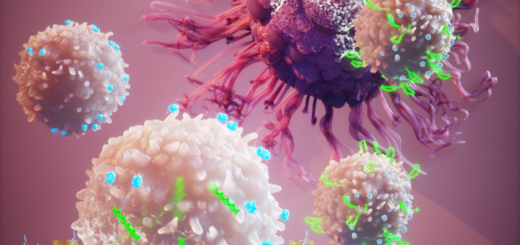New manuscript in Nature Nanotechnology

Characterization of porous silicon nanoparticles (pSi NPs) for in vitro or post in vivo exposure in blood.
Top and middle: The different forms of pSi in blood that need to be separated. pSi NPs can be associated with blood cells or coated with protein corona, or exist as dissolution products. Bottom: Techniques for pSi NP characterization. TR ICP-MS data (single peaks represent individual blood cells with cell-associated pSi NPs); darkfield imaging of fluorescent pSi NPs associated with a single lymphocyte by imaging flow cytometry; TR ICP-MS raw data, showing individual peaks of pSi present in blood plasma, previously separated by hyphenated FFF. An integrated approach of detection and characterization may enable the study of NP distribution in complex systems.
Anzhela and colleagues have recently published in Nature Nanotechnology their Perspective on the analytical techniques for the detection and characterization of engineered nanoparticles in both human and environmental toxicology.
The need to assess the human and environmental risks of nanoscale materials has prompted the development of new metrological tools for their detection, quantification and characterization. Some of these methods have tremendous potential for use in various scenarios of nanotoxicology. However, in some cases, the limited dialogue between environmental scientists and human toxicologists has hampered the full exploitation of these resources. Here we review recent progress in the development of methods for nanomaterial analysis and discuss the use of these methods in environmental and human toxicology. We highlight the opportunities for collaboration between these two research areas.
You can find out more in: Nature Nanotechnology, 10 (2015) 835-844





